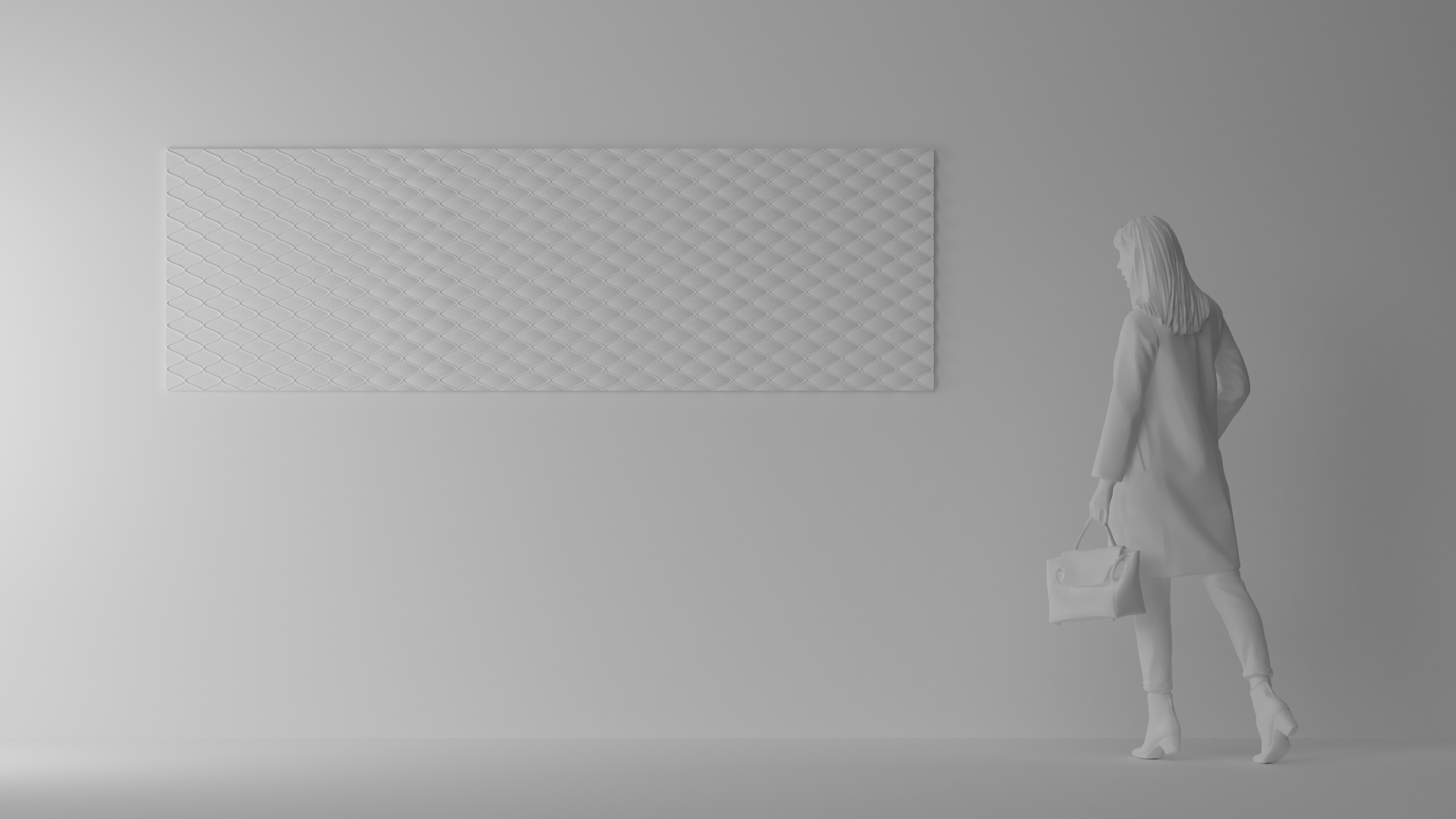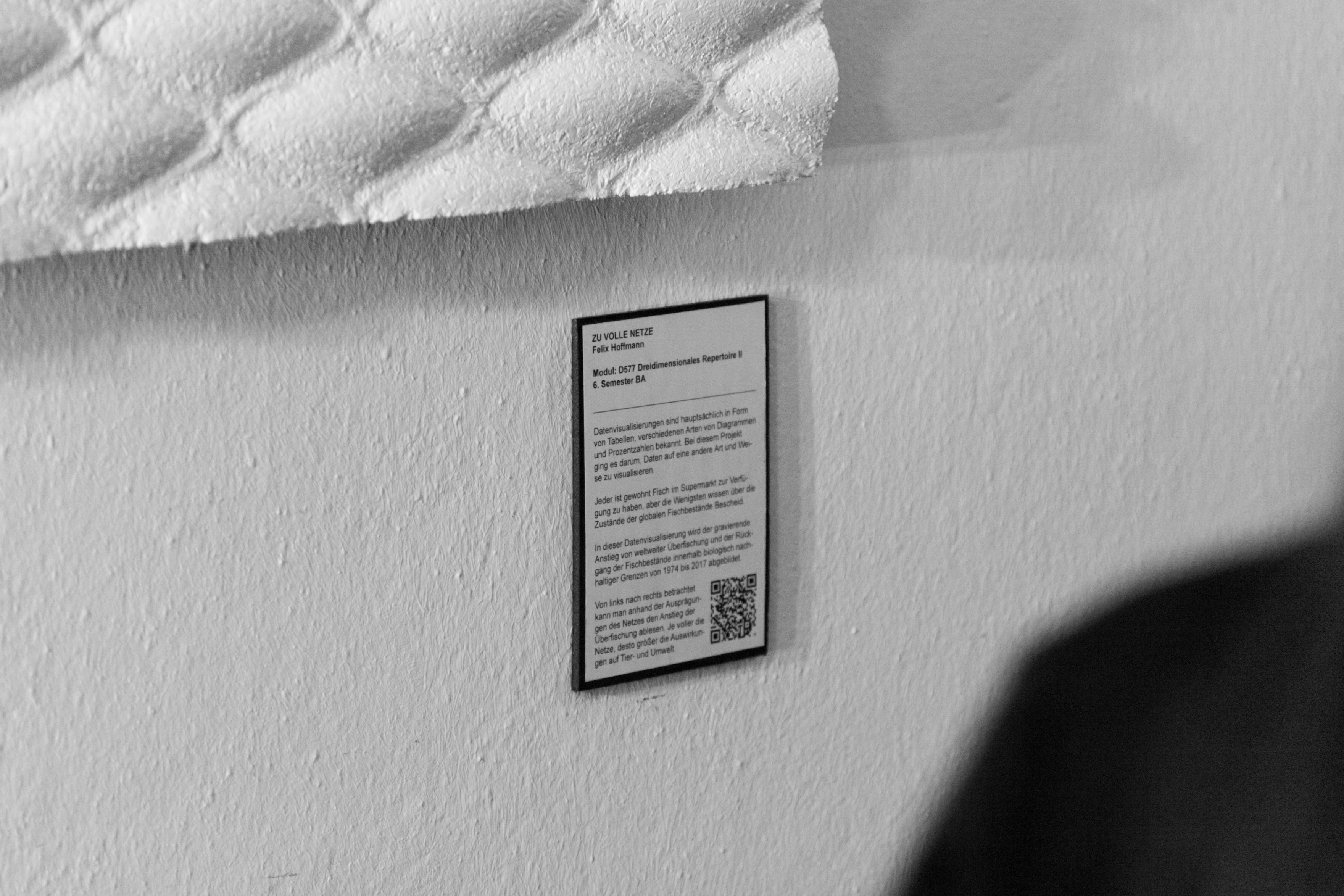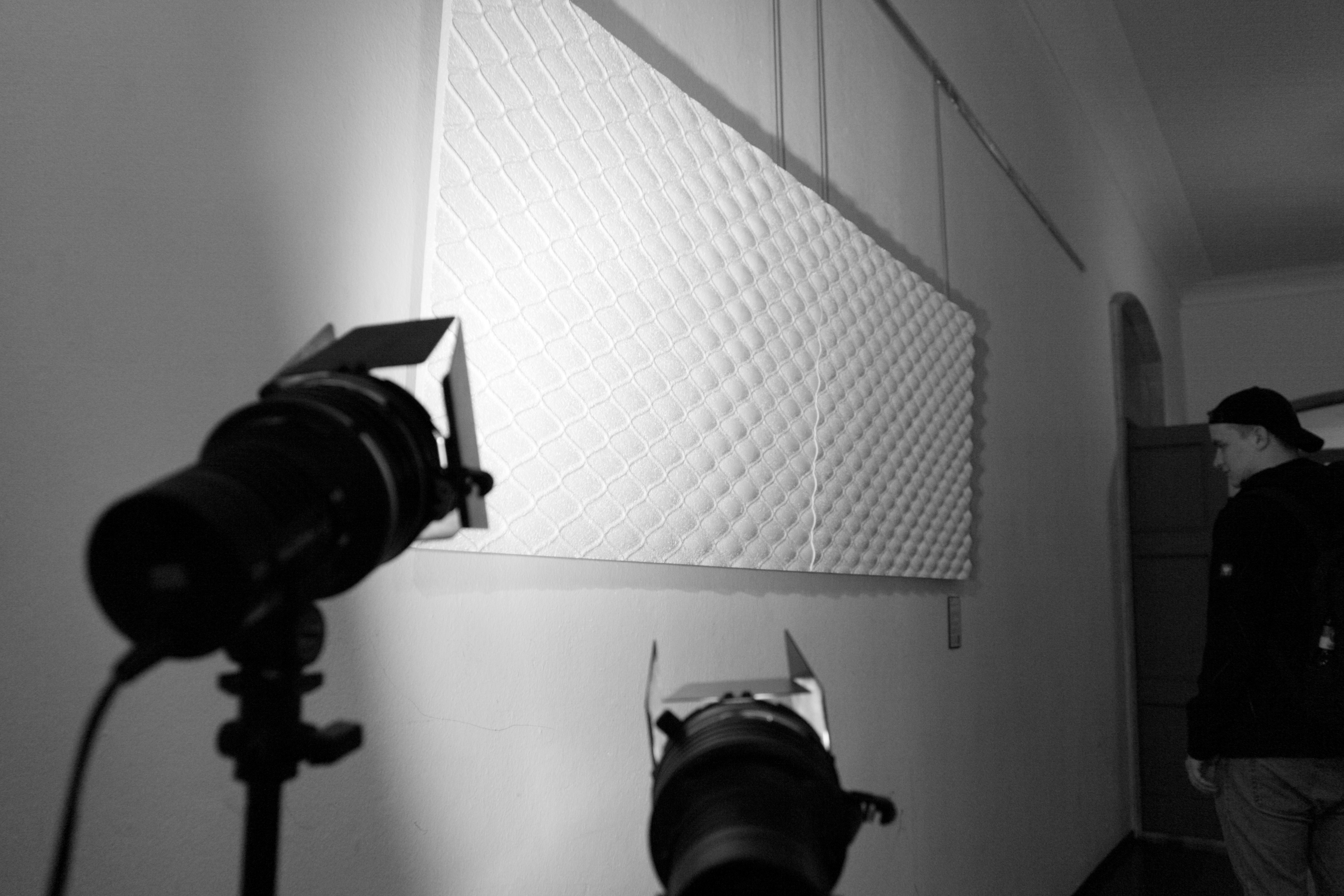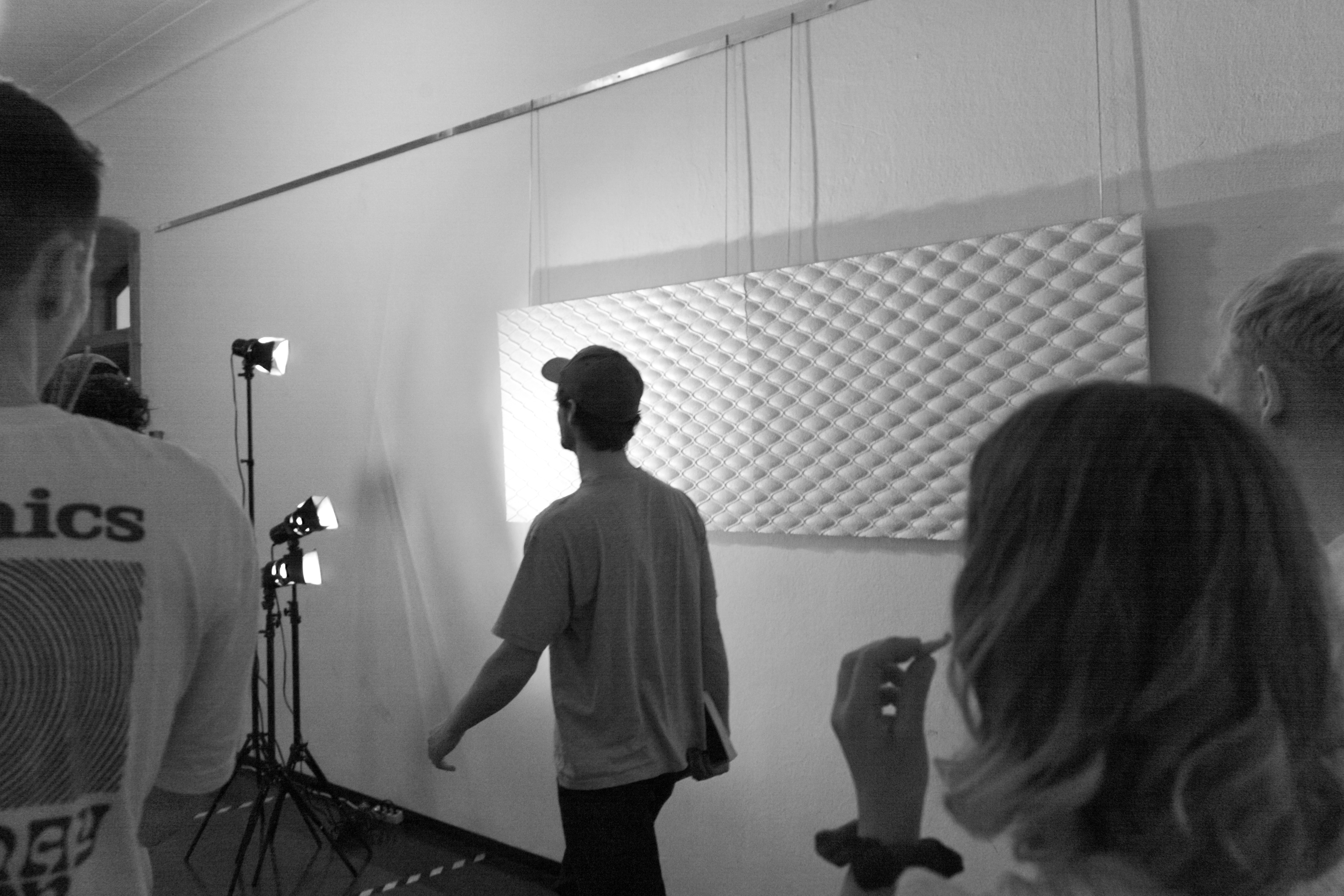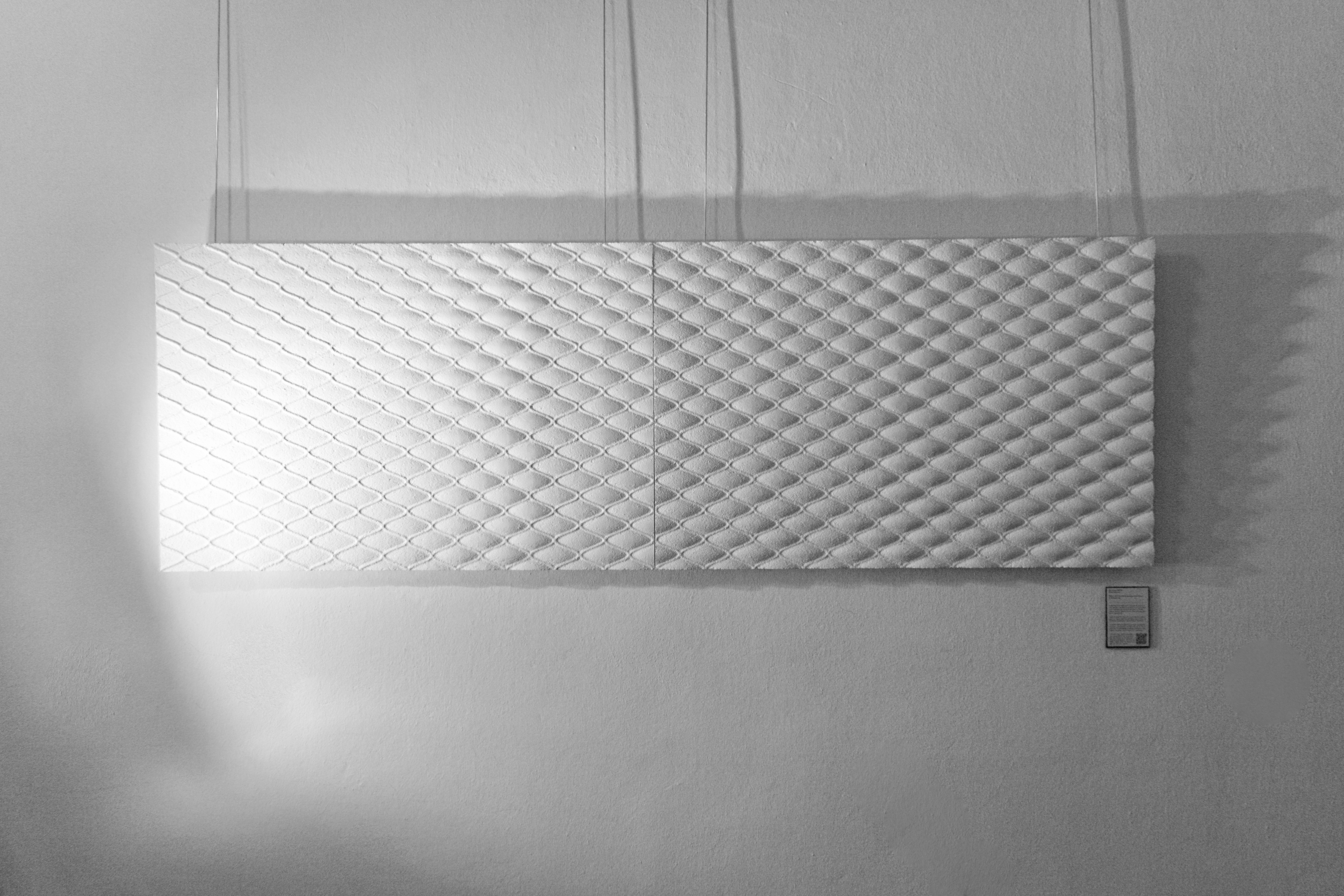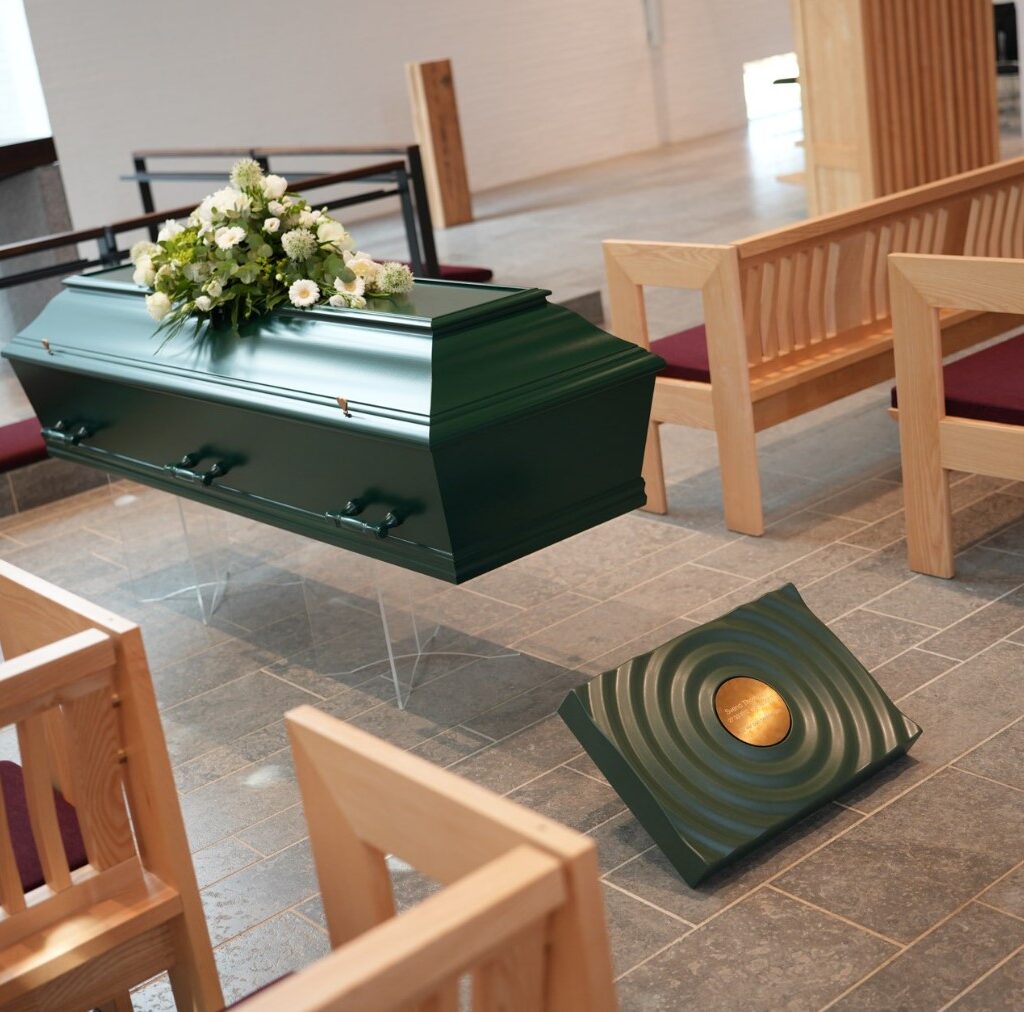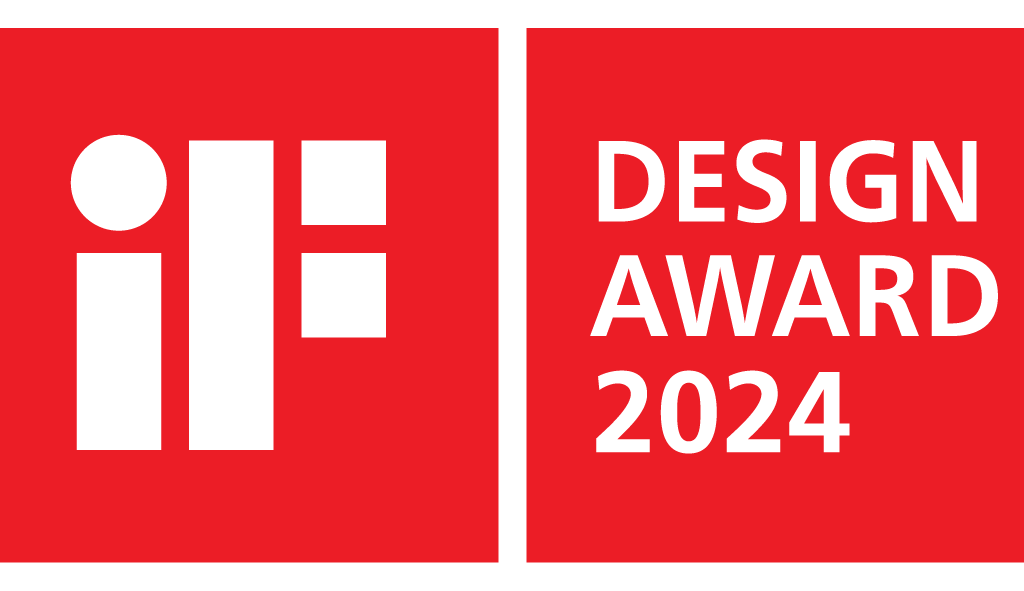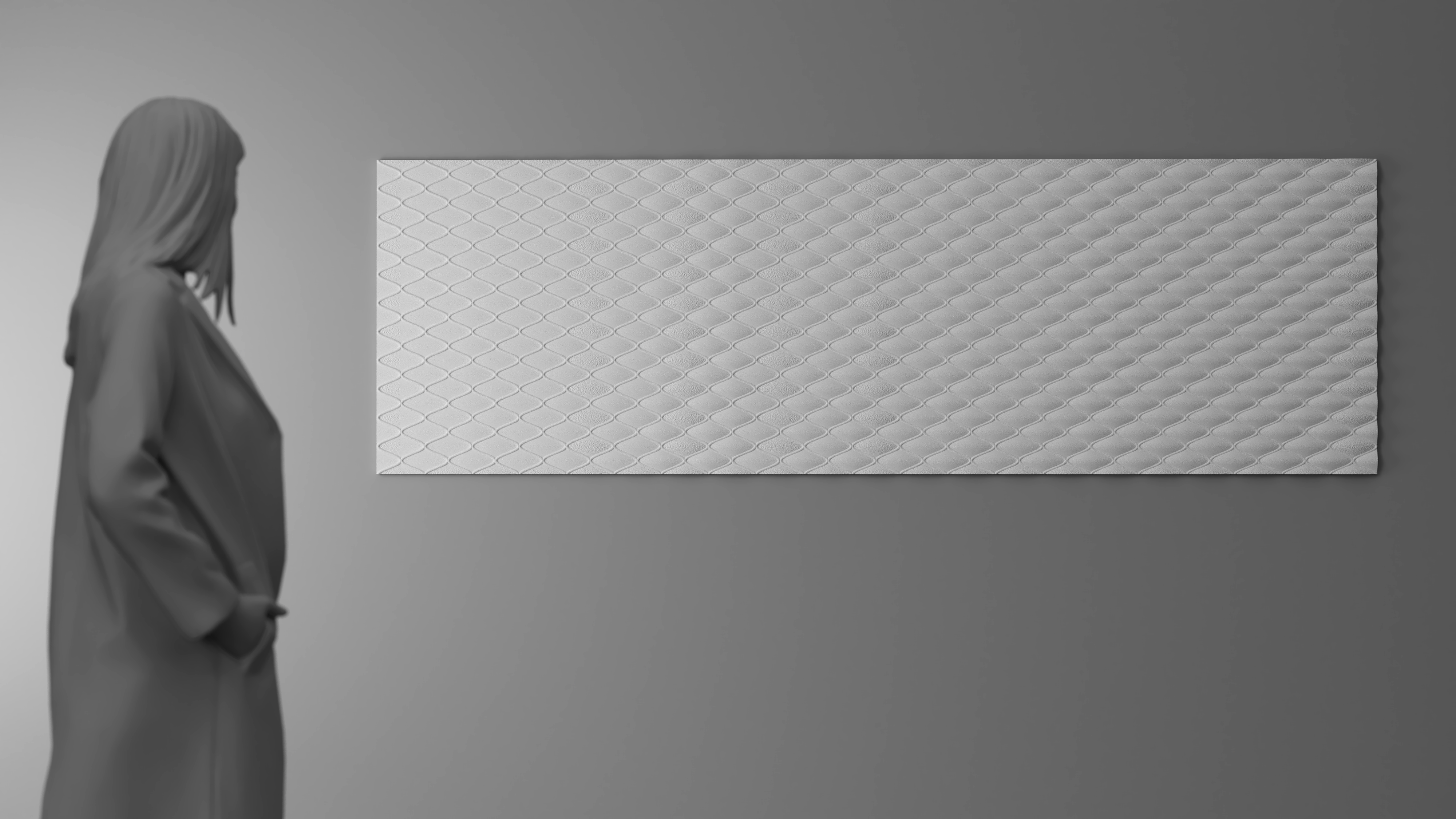
Motivation and story

Data representations are known mainly in the form of tables, various types of charts and percentages. This project was about visualizing data in a different way.
Since childhood I am very interested in the maritime space, the underwater world and its animals and plants. Hobbies like fishing, spearfishing and freediving accompany me for a long time and so I am more and more concerned about the developments due to climate change, species extinction and overfishing.

Accordingly, for this data visualization, I chose a dataset that addresses global overfishing and the decline of fish stocks within biological sustainable limits.
This dataset maps the decline of these fish stocks over a period from 1974 to 2017.

In order to depict this development, I have decided to highlight the individual values of the development in order to be able to apply them as individual factors for the presentation.


In the program Grasshopper, a plugin for Rhino7, a net-like structure was created, which should represent a fishing net.
Between the ropes of the net, surfaces were spanned, whose expression is influenced by the individual values of the study.


The same subdivision found in the study figure is thus also found on the three-dimensional object.
The more fishing has been done, the fuller the nets are. You can see a progression from left to right as the net gets fuller and fuller.
One could also formulate the statement as „The more fishing, the more serious the impact on nature and fish stocks.“





To bring this data set from digital three-dimensional form into a haptic body, I chose to manufacture it with the CNC mill.
A 22mm thick chipboard was chosen as the material, since it consists of recycled materials, among other things.
The steps for this conversion were clamping, aligning the cutter, roughing, finishing and sawing.
Since the milling cutter has a limited size that it can use, the object had to be made in two parts. These parts are each approx. 125cm long and 80cm wide.
The time frame for milling for plate 1 took 8h for scrubbing and 12h for finishing.
For plate 2 it was 12h for scrubbing and 23h for finishing.

The finished panels then had to be primed and painted several times. Here, the color white was chosen because it reproduces well the contrast created by light falling on the form.

This is an Epistemological-representational visualization as it is an adoption and extension of traditional data visualization into physical space.
The values of the dataset are mapped to material variables.

I would like to extend a special thank you to Prof. Joanna Dauner and Volker Mahn for their support in this project.
This object will be exhibited at the 2022 Werkschau in the HTW Dresden. It will be staged at eye level, as it is a topic that often takes place far below the surface of the seas and oceans.
So I want to put it especially in the view of people who know fish and marine products only from the supermarket and have not yet dealt with the matter of exploitation and destruction of our oceans.
The size of the object was chosen deliberately, as it represents the approximate size of a real network structure. However, since fishing nets can be up to 40km long, this is only a small representation of reality.
But no matter how big this representation is, every single one of us can make a difference in how we want to treat each other, the environment and the future of us and our descendants.
